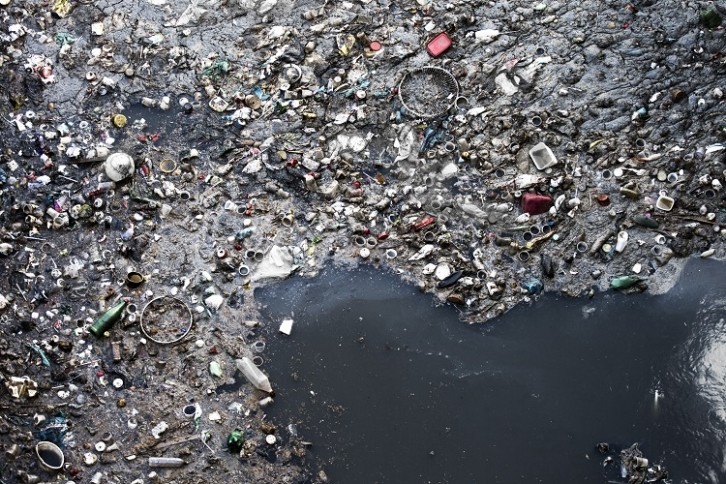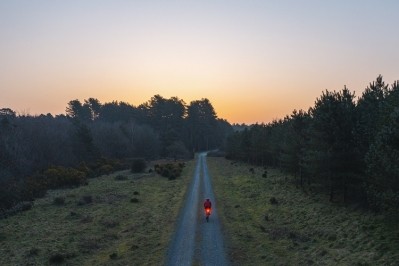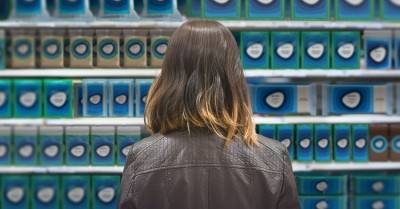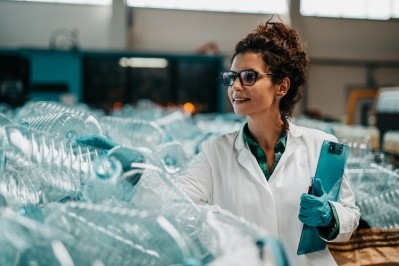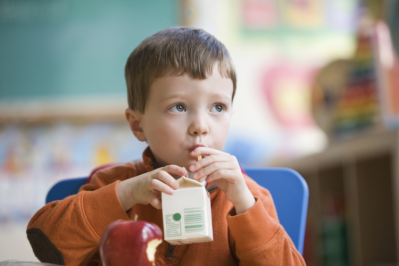Tetra Pak on the decarbonisation of the packaging system
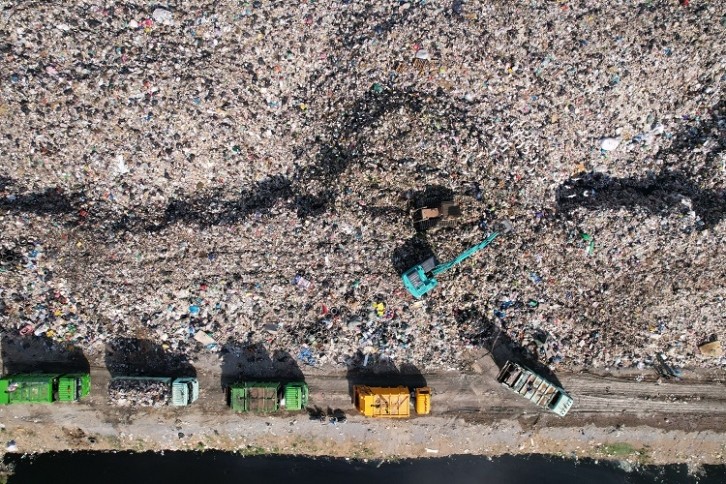
Plastic packaging is responsible for a sizeable chunk of the global greenhouse gas emissions. Most plastic is made from fossil fuels, and the process of extracting and transporting the fuels, as well as manufacturing the plastic, creates billions of tonnes of greenhouse gas emissions.
4% of petroleum production worldwide is diverted to making plastic, with another 4% burned in the process of refining.
It's not just the production. As plastic in the oceans breaks down, heat and sunlight causes it to release greenhouse gasses. When plastic on land is incinerated, this incineration releases greenhouse gasses as well.
Researchers predict that by 2050, the incineration of plastic waste will have emitted 2.8 billion tonnes of greenhouse gasses into the atmosphere. Lastly, microplastics, formed by breaking away from larger plastics that have fragmented over time, are also problematic, and harmful to, for example, plankton, which itself absorbs carbon dioxide.
Government intervention
Tetra Pak’s Henriksen was adamant that to decarbonise the packaging system, both innovation and policy are needed. “If we need to do something from the decarbonisation side, it cannot really be done in isolation,” he told FoodNavigator. “We need to do it together.
“Because on one hand, you need legislation to support it, on the other hand, you need innovation, and on the third hand, you also need the consumers and you need at least to educate the consumers as well.”
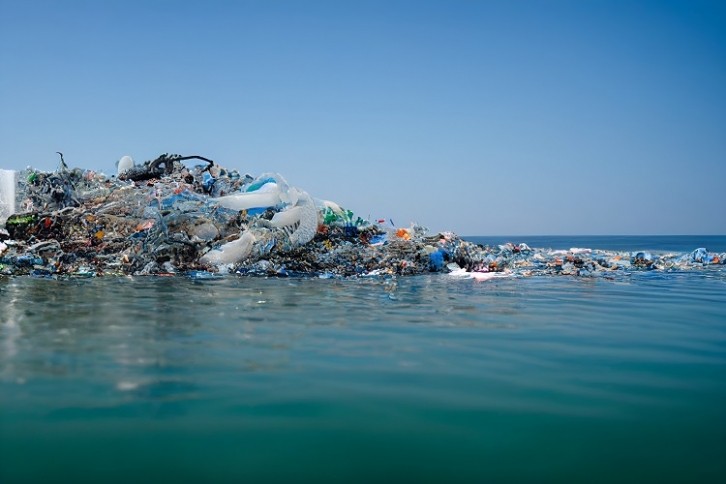
He also made suggestions on how to improve consumer education in terms of sustainability. “Consumers can see that they have a lot of health information already on the package. But one of the things they’re missing is a little bit more on the sustainability part. We don't have sustainability labelling on the packs.”
This was discussed at a recent panel attended by Henriksen exploring the decarbonisation of food systems, with other panellists including Lord Deben, Chair of the Climate Change Committee and Wera Hobhouse MP, Liberal Democrat Spokesperson for Energy and Climate Change.
“Tetra Pak recently explored strategies to drive greater decarbonisation across our food systems,” Henriksen told us, “bringing together experts from across the F&D value chain at an event in parliament. The roundtable saw stakeholders and policymakers discuss how we can change our view of food, our approach to feeding our planet and further drive the circular economy.
“Meaningful engagement is needed between suppliers, processors, distributors and supermarkets to develop more sustainable sourcing, production and distribution methods for food. Such collaboration must prioritise innovation within processing and packaging to ensure consumers are able to access high quality, safe food with a reduced carbon impact.”
Sustainable packaging
Tetra Pak’s cartons, Henriksen told FoodNavigator, play a key role in reducing emissions. “Tetra Pak cartons consist of, on average, 70% paperboard, a renewable material sourced from responsibly managed forests and other controlled sources. For caps and plastic layers, we are increasing the use of plant-based material made from sugarcane.
“These materials are better for the climate, absorbing CO2 in the atmosphere as they grow, and they are replenished naturally over time – in contrast to fossil-based materials that release new CO2.
“For example, a third-party peer reviewed life cycle assessment (LCA) shows that plant-based beverage cartons’ climate impact is on average 40% lower compared to that of standard beverage cartons.”
Henriksen stressed that Tetra Pak’s packaging could help cut down on carbon emissions. “We have been using LCAs to calculate the environmental impact of our value chains since the 1980s.
“This has allowed us to identify specific areas of improvement and support environmentally conscious product and process design. We recently conducted an LCA assessing the climate impact of carton packages for European markets and found Tetra Pak carton packages using plant-based plastics have a lower climate impact than other packaging formats and renewable plant-based materials.
“In 2022 alone, by accelerating the sale of our plant-based packaging solutions, we saved 131 kilo tonnes of CO2 - compared to the amount of CO2 which would have been emitted if using fossil-based plastic.”
Saving food
According to the Energy Saving Trust, around 8-10% of greenhouse gas emissions are linked to wasted food. Therefore, stopping this food waste is imperative to decarbonising the food system. Packaging can come in handy when used effectively.
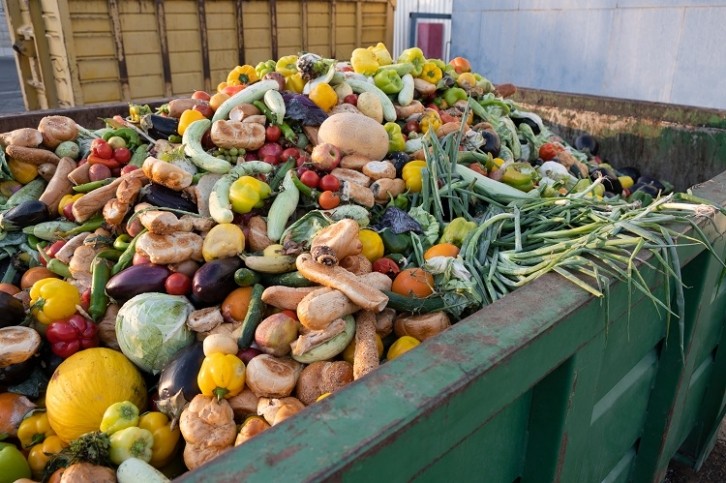
“What we also need is, of course, to make sure that we keep the food safe at all times, so we spoil less,” Henriksen told us.
The materials used to keep food from spoiling are evolving all the time. “The introduction of aseptic packaging is considered amongst the greatest innovations of the 20th century, revolutionising the shelf life of products and access to safe and nutritious food. Traditionally, the material that made this possible was aluminium within our paper-based cartons. However, the specific materials involved are now changing.”
Research has led to sustainable packaging that also ensures food is protected from spoiling. “A commercial technology validation was conducted in late 2020 in Japan, using a polymer-based barrier to replace the aluminium layer. This was undertaken with a view to reducing the climate impact of carton packaging.
“The test helped us to understand the value chain implications of the change, and to quantify the carbon footprint reduction. It also confirmed adequate oxygen protection for vegetable juice, while enabling increased recycling rates in a country where recyclers favour aluminium-free cartons.”
